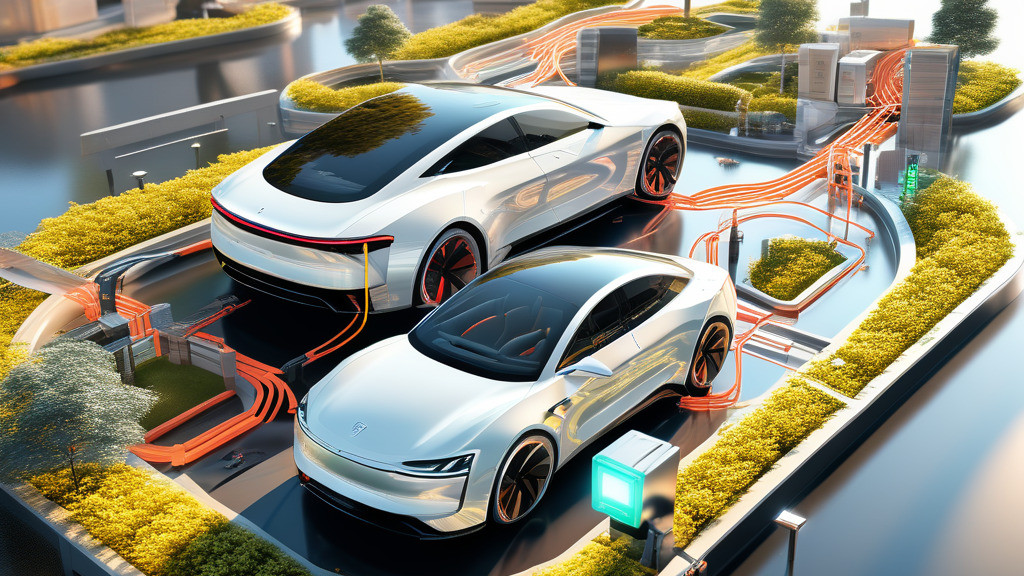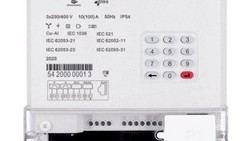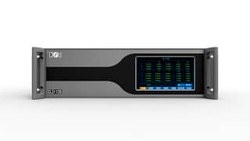Vehicle-to-grid (V2G) technology enables a bidirectional electricity flow between electric vehicles (EVs) and the power grid, transforming EVs from solely electricity consumers to mobile energy storage units.
Proponents of V2G herald it as a innovative solution that could enhance grid resilience, support the integration of renewable energy, reduce emissions, and offer financial incentives to EV owners.
Conversely, critics warn that V2G could lead to reduced battery life for EVs, potential grid instability, and increased cybersecurity vulnerabilities. As V2G trials and demonstrations expand globally, policymakers face pivotal decisions in regulating this innovative yet unpredictable technology.
How V2G Works
Vehicle-to-Grid (V2G) technology represents a critical advancement in energy management, with bidirectional chargers at its core. These chargers differentiate themselves from traditional charging systems by their ability to facilitate a two-way flow of electrical power. This dual capability allows electric vehicles (EVs) to discharge energy back to the power grid, thereby serving as temporary energy storage solutions.
The operational efficiency of V2G hinges on sophisticated software integration. This software orchestrates the energy exchange by monitoring grid demands, the availability of renewable energy sources, and the specific energy needs of each connected EV. It ensures that the energy distribution is optimised, balancing grid stability with the charging requirements of the vehicle.
Communication protocols are essential to the effective implementation of V2G systems. They establish a standardised method for information exchange between the EV, the charging equipment, and the grid's energy management systems. Protocols like ISO 15118 not only manage the physical transfer of energy but also secure data transfer, including billing information and user authentication, streamlining the entire V2G process.

(symbol image, credit CLOU)
Potential Benefits
Enhanced Grid Stability
V2G introduces a broad network of distributed energy storage, helping to balance power supply and demand fluctuations. This can prevent grid congestion or failure during peak times and facilitate the smooth integration of intermittent renewable energy sources. V2G can provide ancillary services such as frequency regulation, voltage support, and spinning reserves more efficiently and cost-effectively than conventional power plants.
Reduced Emissions
V2G enables EVs to supplant fossil fuel-powered peaker plants, thus reducing greenhouse gas emissions. It also lessens the need to curtail surplus renewable energy generation, promoting the integration of higher quantities of clean energy into the grid.
Consumer Cost Savings
V2G presents an additional revenue stream for EV owners through the sale of electricity services to the grid. It also permits utilities to avoid building new peaker plants. These financial advantages could accelerate EV adoption by improving the overall ownership value proposition.
Challenges and Risks Associated with V2G
Battery Health and Longevity Concerns
One of the primary concerns surrounding the widespread adoption of V2G technology is the potential impact on battery health and longevity. Frequent charging and discharging can accelerate the degradation of electric vehicle batteries, affecting their efficiency and lifespan. Recent research has aimed to quantify this effect and develop strategies to mitigate it. However, there are still significant implications for warranties and vehicle maintenance costs. Ensuring that V2G technology does not unduly compromise the fundamental purpose of these batteries – powering vehicles – is a challenge that requires ongoing attention.
Grid Reliability and Accurate Resource Forecasting
The integration of V2G into the electricity grid introduces complexities in maintaining grid reliability and necessitates advanced resource forecasting. The grid must manage the intermittent nature of renewable energy sources and the unpredictable availability of EVs for discharging power back into the system. The development of precise predictive models is crucial to ensure the reliability of V2G as a grid resource. Additionally, there's a need to address potential risks such as the sudden mass disconnection of vehicles, which could lead to instability if not managed correctly.
Cybersecurity and Data Privacy
V2G systems rely on advanced communication technologies to manage the flow of electricity between electric vehicles and the grid, so they become potential targets for cyberattacks. Protecting the infrastructure from such threats and ensuring the privacy of user data are paramount. This includes safeguarding against unauthorized access to control systems that manage the charging and discharging processes, as well as protecting the personal information of EV owners.
Overcoming Consumer Hesitancy and Fostering Engagement
Consumer acceptance is critical to the success of V2G technologies. There is a degree of hesitancy among the public due to concerns over battery wear, potential inconveniences, and lack of awareness about the benefits of V2G. Engaging consumers and fostering an environment conducive to widespread adoption will require educational initiatives, incentives, and clear communication about the personal and societal advantages of V2G participation.
Takeaway
V2G represents a technology filled with potential yet accompanied by uncertainty. Careful policymaking and regulatory measures can maximise benefits while minimising risks. Further pilots and demonstrations will shed light on the actual costs and benefits on a larger scale.
With cautious deployment, V2G could significantly contribute to the evolution of clean, reliable, and cost-effective electricity networks. However, precipitate introduction without adequate protections could open a Pandora's box. Policymakers are thus charged with the complex task of steering this potentially transformative innovation.
Thank you for reading. If you're intrigued by the potential of V2G technology and are curious about how bidirectional metering solutions can play a role in this innovative future, we'd love to hear your thoughts. Please feel free to leave a comment below with your insights or questions. At CLOU, we're committed to staying at the forefront of these advancements, offering cutting-edge solutions that empower both the grid and the consumer.
Until then, keep shining bright like a solar panel on a sunny day!






All comments are moderated before being published. Inappropriate or off-topic comments may not be approved.